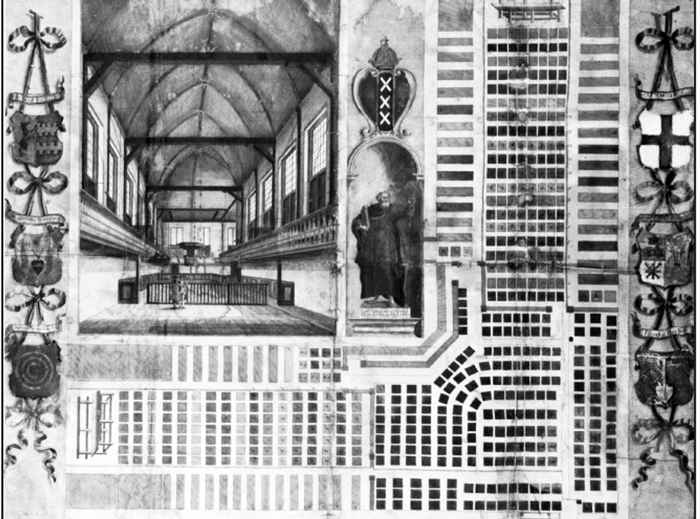History
The history of the Gasthuiskerk is quite fascinating and involves a series of transformations and uses over the centuries:
Pre-Reformation Period
Originally, in the 15th century, the Gasthuiskerk was part of a nunnery known as the ‘Nieuwe Nonnen', or the New Nuns. It was established for nuns associated with the Tertiaries of St Francis. The nunnery was officially named St Dionisius ter Lelie, or simply 'De Lelie'. During this time, it was an essential religious institution.
Reformation Period
The Reformation in the 16th century had a profound impact on religious institutions in the area. Due to the ban on the open practice of the Catholic faith, all monasteries, including the Nieuwe Nonnen, were dissolved and repurposed.
Transition to a Hospital
In October 1579, an agreement was reached between the administrators of the O.L.V.-gasthuis (Our Lady's Hospital) and the St Pietersgasthuis (St Peter's Hospital) and the former nuns. According to this agreement, the nuns relinquished their assets and income to the administrators of both hospitals, but they retained the right to housing, some personal belongings and a modest income. The former monastery buildings were then converted to house the sick and other residents of the two hospitals.

Development as a Church
In 1645, the Gasthuiskerk underwent significant expansion. A wing known as the Manhuisvleugel, which was adjacent to the church, was integrated into the church structure. This expansion was necessary to accommodate the congregation that had lost its place of worship when the Nieuwe Kerk (New Church) was damaged by a fire. Both parts, the Gasthuiskerk and the Manhuisvleugel, constituted the core of the former Nieuwe Nonnen convent, corresponding to current building parts B and C, respectively.
Use by Prussian Troops
In 1787, the Gasthuiskerk was temporarily repurposed as a barracks for Prussian troops who were stationed in Amsterdam.
Home to the Hersteld Evangelisch Luthersen: from 1791 onwards, the church space was shared with the Hersteld Evangelisch Luthersen (Reformed Evangelical Lutherans) for worship.
De Nederlandsche Bank (DNB)
In 1818, the Gasthuiskerk took on a new role when the ‘Grootboek der Nationale Schuld’ (Public Debt Ledger) was housed there. In the same year, King Willem I granted a royal charter to establish De Nederlandsche Bank (DNB), the central bank of the Netherlands. DNB was given the former convent's buildings and two hospital buildings that had once belonged to the Caisse Nationale (or Centrale Kas) national fund after the French withdrawal.
DNB gained ownership of two hospital buildings on Oude Turfmarkt, including the former Gasthuiskerk, in addition to other adjacent properties. DNB later purchased the five buildings in which they were located from the state in 1864. More properties were acquired, and architect W. A. Froger was involved in designing a new office building for DNB.
Transition to the Municipality of Amsterdam
In 1966, the City of Amsterdam became the new owner of the entire complex, including the main building designed by Froger and the two wings making up the former convent buildings and the Gasthuiskerk. This transition was part of a land exchange agreement with the city.
University of Amsterdam (UvA)
In the late 1960s, the University of Amsterdam (UvA) began renovation work under the guidance of architect J. (Jaap) Schipper to transform the Froger building into a university archaeological museum. The work continued until 1974 when museum architect D. (Dick) Elffers was appointed for the museum's interior. The museum officially opened at the end of 1976.
The Gasthuiskerk's history is a reflection of the changing social, political and religious dynamics over the centuries and showcases its resilience in adapting to new roles and functions. Today, it continues to evolve, as described above, with its transformation for use by the University of Amsterdam, including renovations, sustainability measures and the installation of solar panels.
